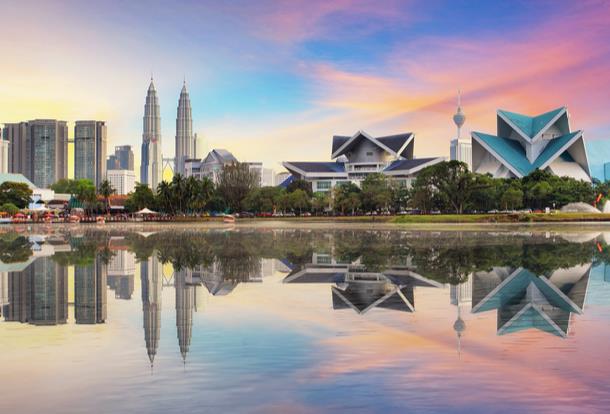Chinese outbound travelers have remade the global tourism market in the past ten years.
Currently worth USD 168 billion and still on the rise, the 120 million and growing band of Chinese consumers travelling the world in search of local culture, experiences, food and shopping in 2016 proved to be a tantalizing demographic.
The Middle East and North Africa (MENA) region has lagged in popularity, but is now witnessing a boom in Chinese visitors.
Growth is being driven by local travel incentives introduced into the region, including visas on arrival for Chinese nationals visiting the UAE, and the rising sophistication of Chinese travelers who are seeking new destinations off the beaten path.
In addition, China’s One Belt, One Road initiative, which cuts through the region, has the potential to put MENA on the map for travel savvy Chinese.
The Luxury Conversation look at the opportunities for brands and business in the region:
1. Travel and tourism
The MENA region is seeing a tourism boom from China.
In Dubai, 540,000 tourists arrived from China in 2016, up from 450,000 a year earlier and cementing the country’s place as a top 10 source market for the emirate.
Meanwhile, even before Morocco’s decision to drop visa requirements for Chinese visitors in July 2016, Chinese travel company, Ctrip, predicted a 3,500% increase in visa applications to the country.
2. Retail
It’s no secret that Chinese travelers are some of the most high-spending on earth. By 2019, Chinese tourists will spend USD 264 billion abroad - about the size of Finland’s economy, and larger than Greece’s.
Shopping is vital to most Chinese tourists’ plans. Up to 25% of luxury goods sold in Mall of the Emirates are purchased by Chinese tourists, according the Majid Al Futtaim Group, which has 11 malls across the Middle East including Mall of the Emirates.
3. Culture
While shopping remains important, there is a shift away from the material to the experiential. According to a report by Airbnb, Chinese tourists are searching for lesser known cities and villages when traveling to countries and regions related to the Belt and Road Initiative.
In conjunction with this rise of interest in cultural tourism from Chinese travelers- eager to one-up their friends with photos from far-flung destinations posted to their WeChat Moments newsfeed- MENA countries such as Saudi Arabia have made culture a central pillar of their tourism strategy.
The country plans to increase the number of public and private museums from 155 to 241, increase the number of UNESCO listed world heritage sites from four to 10 and up the number of archaeological sites suitable to visit from 75 to 155 – all by 2030.
Conclusion
It’s clear that the appeal of the MENA region among affluent Chinese will increase in coming years as travel habits mature and become more sophisticated. The combination of high-quality accommodation options, retail and cultural elements all combine to make the region more and more attractive to Chinese travelers, and businesses have already found success by focussing on the needs of this particular group.
The business opportunity for brands in the region is exponential for those that understand the needs and aspirations of today’s modern Chinese traveler, which include:
Read original article




